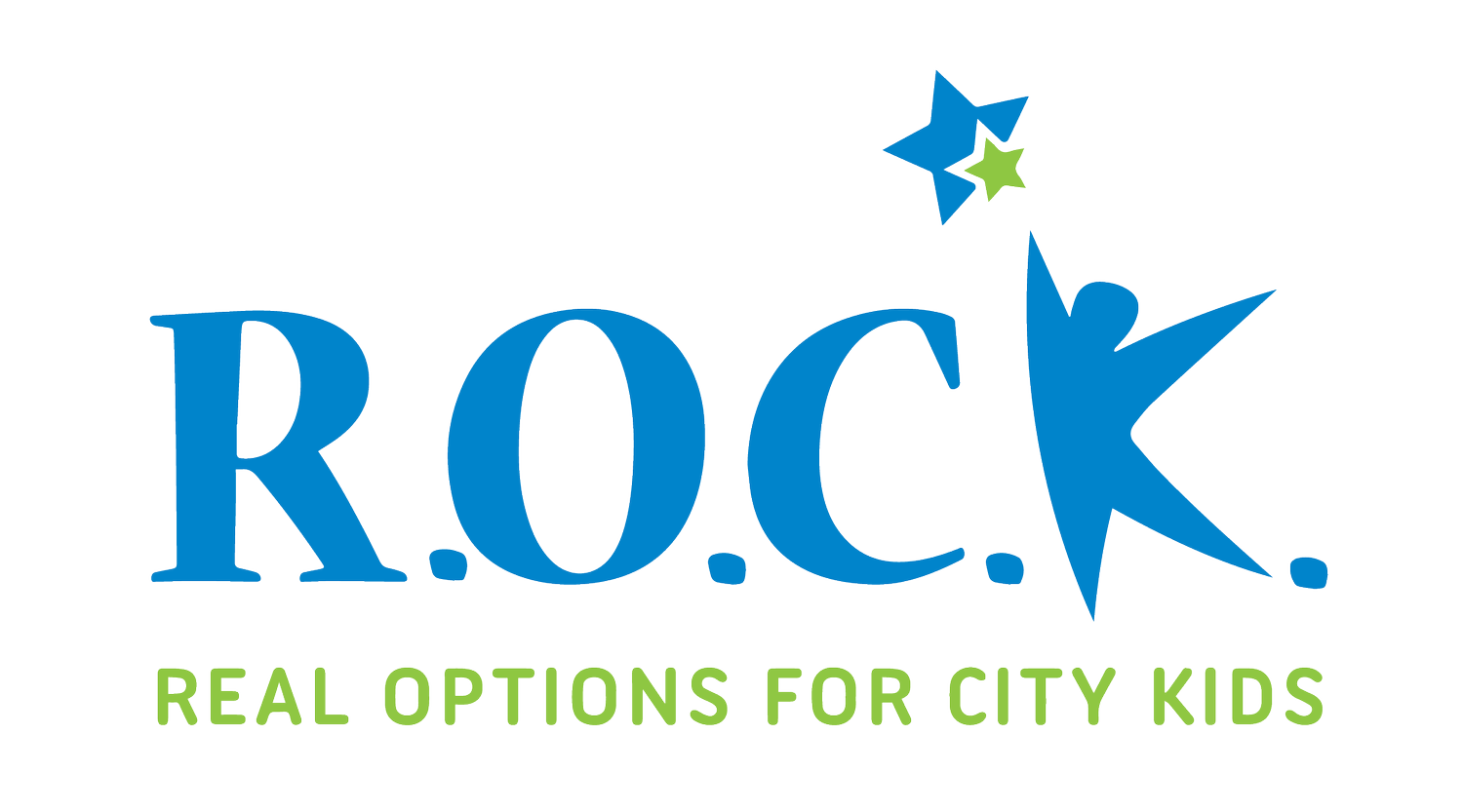
Kinder - First Grade
Developmental Characteristics
Physical
Enjoy long periods of free play
Developing eye-hand coordination
Enjoy small group cooperative play
May require rest after high-energy play
Improved body coordination; yet still can fall easily
Social Emotional
Eager to receive adult praise
Enjoy dramatic play
Eager to engage in new activities/adventures led by involved adult
Eager to identify with older children
Enjoy exploring new materials and equipment
Can be easily frightened by novel or strange events
Prefer play in small groups
Like responsibilities they can handle
Learning to cooperate with others, but may at times display selfish behavior
Cognitive
Understand language better than they speak
Are interested in present; vague concepts of past/future
Eager to learn
Ask many questions
Define things by their use
Developing a sense of humor
Communicate best within a small group of peers
May need guidance of adult when starting a new task
The Happy Faces
Students practice empathy by noticing when others need encouragement and offering kindness through symbolic “happy faces.”
Clustergrams
Students build empathy and connection by finding shared experiences and acting them out in groups.
Art and Community Activism
Students explore the concepts of community, activism, and art through discussion and creative collaboration, discovering how art can be a tool for change.
A Tight Squeeze
Students engage in a fun, space-limited team challenge that builds problem-solving skills and cooperative communication.
A Sorting Challenge
Students explore nature and build problem-solving skills by sorting natural objects in multiple ways and using them in a creative art project.
Classical Creativity
Students will explore self-awareness and emotional expression by listening to classical music and drawing what they feel or imagine.
Kindness Puppets
A creative activity where students make feeling puppets to explore and express emotions, empathy, and solutions to everyday problems.
Look How I Can Move
A joyful, music-based activity where students explore self-expression and cultural awareness by creating body movements in response to different multicultural music styles.
Catch Your Name
A fun and active circle game where students build connection and listening skills by learning each other’s names through ball tosses, name calls, and playful movement.
Cat and Mouse
A playful circle game where students practice leadership and observation skills as one player (the Cat) tries to guess who is secretly leading the group’s movements (the Mouse).
Focusing Attention (Second Step Lesson 2)
In this lesson, students learn how to focus their attention by using their brain, eyes, and ears—practicing with a pretend "attent-o-scope" to block out distractions and stay engaged in learning.
Learning to Listen (Second Step Lesson 1)
Students learn what it means to be a good listener by practicing the Listening Rules and playing a fun game to build focus and self-control.
Tanya Tomato
In this lesson, students practice self-confidence and relationship building by sharing their name and a personal interest using alliteration in a fun, interactive circle activity.
Working Together Part 2
Students learn about teamwork and empathy by listening to Clifford’s Busy Week and participating in discussions and activities that highlight how working together helps solve problems.
Working Together Part 1
Students practice teamwork and build self-confidence by creating individual boxcars that connect to form a collaborative “Teamwork Train” displayed in the classroom.





















